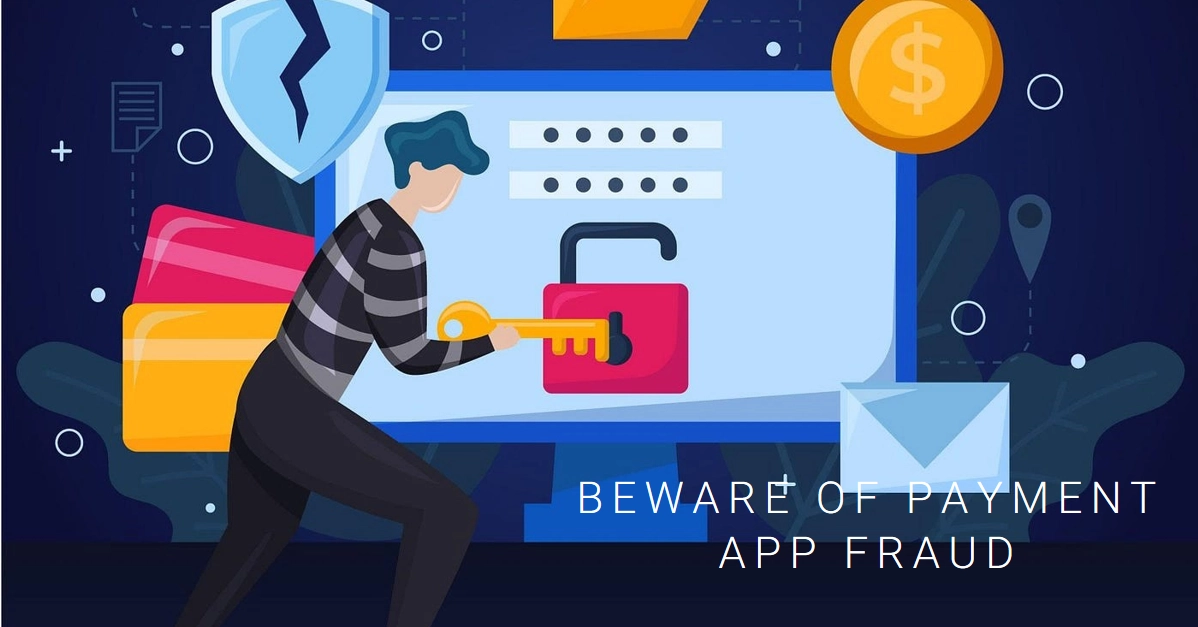The ubiquitous rise of payment apps like Venmo, Zelle, and Cash App has redefined how we send and receive money. Gone are the days of fumbling with cash or waiting for bank transfers – a few taps and the deed is done. But while these apps boast unparalleled convenience, a hidden price tag lurks beneath the surface: an alarming susceptibility to fraud.
Recent reports from authorities and consumer protection agencies paint a stark picture. Manhattan District Attorney Alvin Bragg has accused three major payment apps of leaving users vulnerable to “draining bank accounts of significant sums of money.” The Better Business Bureau echoes these concerns, urging users to “use them judiciously” due to increased fraud risks.
This article delves into the dark side of payment app convenience, exposing the vulnerabilities inherent in their design and offering practical steps to shield yourself from becoming the next victim.
Convenience with Caveats: Understanding the Risk Factors
Payment apps prioritize quick and easy transactions, often at the expense of robust security measures. This streamlined approach leaves several gaping holes for fraudsters to exploit:
- Weak user authentication: Many apps rely solely on passwords or PINs, which are notoriously easy to crack or phish. Unlike credit cards with two-factor authentication, this single layer of protection provides little resistance to determined attackers.
- Limited liability and dispute resolution: Unlike traditional bank accounts, most payment apps offer limited protection against fraudulent transactions. While some reimburse disputed charges, the process can be arduous and success isn’t guaranteed.
- Social engineering scams: The casual, social nature of these apps makes them fertile ground for scams. Fake invoices, impersonation schemes, and pressure tactics can easily trick users into sending money to the wrong people.
- Data breaches and leaks: Payment apps store sensitive financial information, making them prime targets for hackers. While companies constantly improve security, data breaches happen, leaving users exposed to identity theft and unauthorized transactions.
Protecting Yourself: Essential Steps to Minimize Fraud Risk
While the inherent vulnerabilities of payment apps pose a challenge, you can take proactive steps to safeguard your finances:
- Double-check every transaction: Before hitting “send,” verify the recipient’s name and account details meticulously. Typos or slight misspellings could direct your money to a scammer.
- Enable two-factor authentication: If available, activate two-factor authentication for added security. This typically involves a code sent to your phone or email, ensuring unauthorized access is difficult.
- Limit app usage for close circles: Consider restricting payment apps for trusted friends and family. For larger transactions or unfamiliar recipients, stick to traditional bank transfers.
- Beware of social engineering: Never feel pressured to send money immediately, especially under emotional duress. Scammers often exploit urgency and fear to manipulate victims.
- Monitor your accounts regularly: Regularly review your transaction history for any suspicious activity. Early detection can help mitigate losses and initiate fraud claims promptly.
- Report suspicious activity immediately: If you suspect fraudulent activity, contact the app’s customer support and your bank immediately. The quicker you report, the faster they can investigate and potentially recover your funds.
- Consider alternative payment methods: For transactions with unknown individuals or businesses, alternative payment methods like credit cards offer better buyer protection and dispute resolution mechanisms.
Beyond Individual Defense: Advocating for Change
While individual vigilance is crucial, systemic change is necessary to truly address the fraud challenge in payment apps. Users must collectively advocate for:
- Stronger authentication protocols: Robust two-factor authentication should be mandatory across all payment apps, not just an optional add-on. Biometric authentication like fingerprints or facial recognition could further enhance security.
- Improved fraud detection and prevention: Payment companies must invest in sophisticated fraud detection algorithms and proactive measures to identify and block suspicious activity before transactions occur.
- Clearer and faster dispute resolution processes: Streamlining the process for reporting and resolving fraudulent transactions would empower users and minimize financial losses.
- Increased user education and awareness: Payment app companies and consumer protection agencies need to collaborate on educational campaigns to equip users with the knowledge and skills to identify and avoid common scams.
The convenience of payment apps shouldn’t come at the cost of financial security. By understanding the risks, adopting safe practices, and advocating for broader changes, we can reclaim control and keep our hard-earned money safe in the digital age.
